Hydrangea Magical Candle
Video review of paniculate hydrangea Magical Candle:
A beautiful variety of paniculate hydrangea, characterized by long, abundant flowering and bright inflorescences. Huge, light green porcelain tassels of panicles in the sun's rays create the illusion of a soft glow. Thanks to this effect, the variety was named “MagicalCandle”. Below you can read the description and characteristics of this variety.
Description of hydrangea variety Magical Candle
The compact, lush, erect bush consists of strong brown, fan-shaped shoots. The foliage is bright green, oval-elongated with jagged edges.
The giant caps of the inflorescences are wide-pyramidal, formed from flowers with 4 petals. Under the outer sterile flowers there is a mass of fertile star buds, making the inflorescence very dense and dense. The flowers are fragrant and attract a lot of bees.
Advantages and disadvantages of the Magical Candle variety
The panicle hydrangea variety Magical Candle has a number of advantages over its relatives:
- Early flowering, compared to the bulk of panicle hydrangea varieties.
- Elongated petals give the flower an unusual shape.
- When flowering occurs, the panicle does not turn brown for a long time, maintaining its decorative effect until frost.
- The foliage remains bright green until the end of October.
Over the many years of existence, it has not earned any serious complaints among flower growers.
|
Color of Magical Candle flowers at the beginning and end of flowering |
Planting and caring for Hydrangea Magical Candle
A properly planted seedling is the key to healthy growth and development of a green pet.
Selecting a location
Planted in areas with diffused lighting or partial shade, in an area protected from strong winds and drafts.
Loamy, structural, moisture-permeable, slightly acidic soil enriched with organic matter is optimal for hydrangeas. If the soil is alkaline, acidification is required.
Timing for planting seedlings
The optimal time for planting is spring. Planted in sufficiently warmed soil, focusing on weather conditions in the region. Planting is allowed in early to mid-autumn, a month before frost.
|
Planting a hydrangea seedling |
Don't forget to read:
Growing paniculate hydrangeas on a trunk with your own hands ⇒
Landing technology
The operation is carried out according to certain rules:
- In the selected area, a planting hole is dug in advance, twice as wide as the earthen ball of a seedling with a closed spacer, to a depth slightly greater than the height of the pot.
- Prepare the soil mixture to fill the hole. The excavated soil is mixed with compost, pine litter or peat, and vermiculite (a baking powder for heavy soil) are added. It is useful to immediately apply purchased complex fertilizer for hydrangeas or add 60-70 grams. superphosphate, 20 g. potassium sulfate, 20 gr. urea.
- A layer of expanded clay and half of the prepared soil are poured onto the bottom of the pit and watered abundantly.
- As soon as the water has been absorbed, a seedling is placed in the center of the hole and covered with the remaining substrate. The root collar is left at ground level or slightly above.
- Lightly press down the soil around the bush, water and mulch the tree trunk circle.
For information! When planting a seedling with ACS, the roots are shortened slightly and placed for 2-3 hours in a solution of potassium permanganate for disinfection.
Seedling care
For normal growth and development of hydrangea, simple care is required, thanks to which the plant will delight its owners with beauty and health.
Watering
The variety is moisture-loving, but does not tolerate dampness in the roots.Adult specimens are water feeders and require 15-20 liters of water per week in normal weather. In hot weather, water more and more often - twice a week, 20 liters of water. Humidification is reduced or stopped completely during prolonged rainy weather. For young plants, the portions are reduced by 2 times.
In mid-autumn, to protect the root system from freezing in dry weather, moisture-recharging irrigation is carried out at the rate of 30 liters per plant.
Important! Do not use hard tap water for irrigation; this can cause the development of chlorosis.
|
At the height of autumn, the inflorescences turn pale pink. |
Top dressing
The amount of fertilizing per season varies depending on climatic nuances, the condition of the plant, and maintenance conditions. The general nutrition scheme for the season consists of 6 stages:
- To stimulate active growth, at the end of March - beginning of April, azofoska is added in granules (25-30 g are scattered under the bush).
- When the leaves bloom by half (May), use a mixture: 50 g of superphosphate, 30 g of potassium sulfate. Dilute in 10 liters of water, pour under a pre-moistened bush. Feeding is carried out regularly at intervals of 2 weeks until mid-July.
- After the leaves bloom before the buds appear. During this period, the phase of active shoot growth begins. Foliar feeding is carried out on the above-ground part of the plant with a solution of Epin (1 ml) and urea (10 g) per 5 liters of water.
- The period of bud formation and development. Fertilize the leaves with the following composition: 5 g of magnesium sulfate, 3 g of potassium sulfate, 8 g of ammonium sulfate are diluted in 5 liters of water, and the bush is sprayed.
- Flowering phase. A phosphorus-potassium mixture is used (30 g superphosphate, 30 g potassium sulfate). Dissolve in 10 liters of water and pour under a bush.
- Preparing for winter. Potassium-phosphorus preparations are given according to the following scheme: for 10 liters of water, take 25 g of potassium sulfate and superphosphate, and water the tree trunk generously.
Important! Root feeding is carried out in pre-moistened soil, foliar feeding in dry weather before 10 a.m. or evening.
Trimming
When growing the decorative variety Magic Candle, you cannot do without trimming the bushes. The procedure contributes to the formation of beautiful visual forms of the plant and the production of new planting material (cuttings).
|
Spring pruning of hydrangea |
Formative pruning is carried out in the spring, before the buds swell. You can cut it later, but one or two upper pairs of buds may dry out due to sap flow. Those that remain lower will grow normally.
The required number of buds is left below and trimmed, following the rule - the more eyes you leave on the shoot, the smaller the inflorescences will form.
Branches the thickness of a finger are left completely, the thickness of a pencil is cut into 3-4 pairs of buds, all thin, frail, and twisted ones are removed.
At the beginning of summer (until June 10), thinning pruning is allowed, which is combined with the preparation of cuttings.
In the fall, remove faded inflorescences, weak branches growing in the center of the bush, and branches damaged during the season.
Don't forget to read:
Read more about methods of pruning paniculate hydrangeas here ⇒
Frost resistance and preparation for winter
The Magical Candle variety winters well without shelter in any region of Russia. In areas with a harsh climate, gardeners still play it safe: they bend the shoots of an adult bush to the ground, cover the top with spruce branches, leaf litter, and covering material. It also protects young plants that have not yet matured.
|
Options for protecting plants for the winter |
In order for the crop to withstand severe frosts more easily, it is prepared for winter in the fall:
- In September-October, moisture-recharging irrigation is carried out.
- Phosphorus-potassium preparations are added to replenish the supply of nutrients.
- To protect the roots from freezing, the tree trunk circle is mulched with a thick layer of peat, pine bark, and wood chips.
- At the beginning of winter, the base of the bush is covered with snow.
Reviews of Hydrangea Magical Candle
The beauty of the bush, unusual flowering with changing shades of inflorescences throughout the season, unpretentiousness and high frost resistance encourage gardeners to acquire the Magical Candle hydrangea variety.
|
Pink starts to appear around the edges of the petals |
Don't forget to read:
Propagation of hydrangeas by cuttings and layering at home ⇒
Using hydrangea in landscape design
In the garden, hydrangeas are placed both in solo plantings and in large groups, in which plants of different species are simultaneously present.
|
The short Magical Cand will look good in the front row in front of shrubs, coniferous trees, and thujas. |
.
|
On mixborders it will become a bright highlight of the background |
.
|
The Magical Candle variety is excellent in single plantings. |
.
|
Hydrangeas planted in a row perfectly decorate a nondescript fence and add beauty to the borders of garden paths. |
Other articles about hydrangea varieties:
- Characteristics and description of Strawberry Blossom hydrangea with photos and reviews from gardeners ⇒
- Hydrangea paniculata Polistar: description, photos and reviews ⇒
- Characteristics and description of Samara Lydia hydrangea with photos and reviews ⇒
- Paniculata hydrangea Summer love: variety description, reviews and photos ⇒
- Mojito: variety description, photos, gardener reviews ⇒
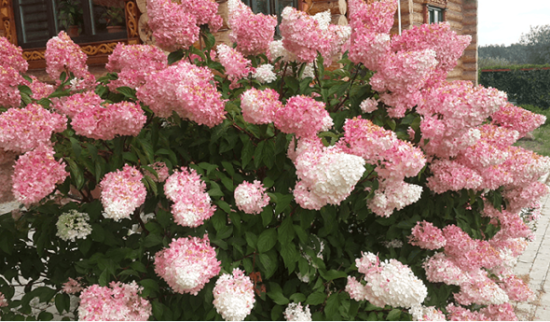
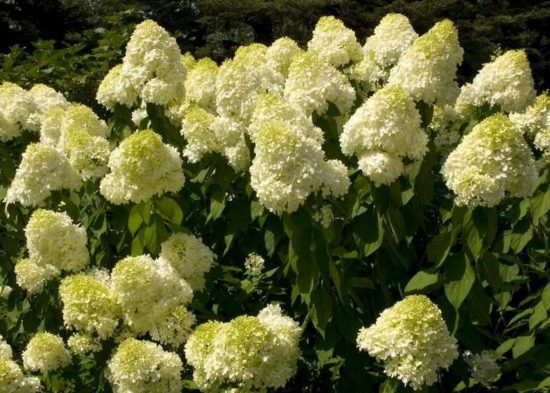
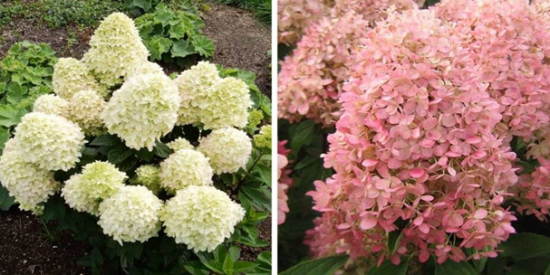
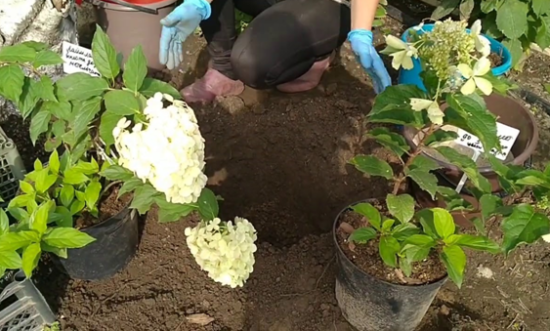
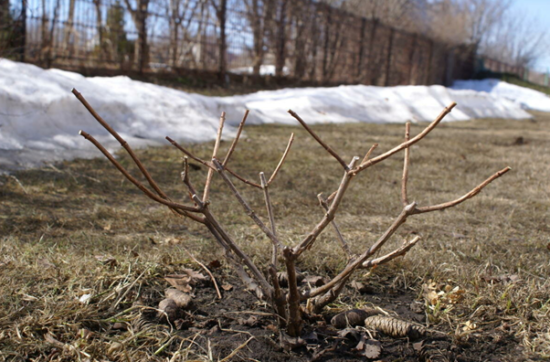
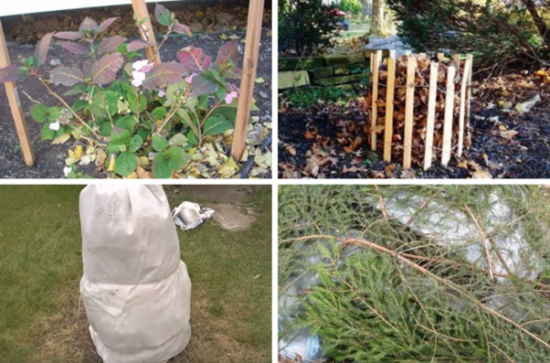

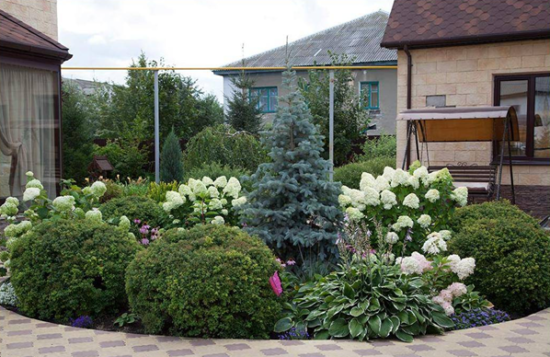
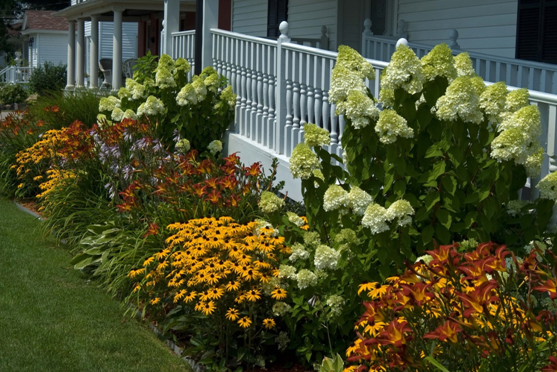
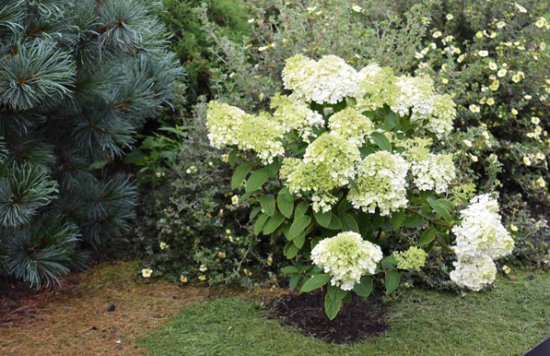
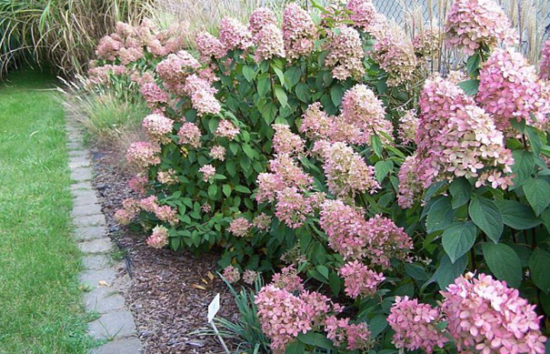

 CUCUMBERS NEVER GET SICK, I'VE BEEN USING ONLY THIS FOR 40 YEARS! I SHARE A SECRET WITH YOU, CUCUMBERS ARE LIKE THE PICTURE!
CUCUMBERS NEVER GET SICK, I'VE BEEN USING ONLY THIS FOR 40 YEARS! I SHARE A SECRET WITH YOU, CUCUMBERS ARE LIKE THE PICTURE! You can dig a bucket of potatoes from each bush. Do you think these are fairy tales? Watch the video
You can dig a bucket of potatoes from each bush. Do you think these are fairy tales? Watch the video
 How our fellow gardeners work in Korea. There is a lot to learn and just fun to watch.
How our fellow gardeners work in Korea. There is a lot to learn and just fun to watch. Eye trainer. The author claims that with daily viewing, vision is restored. They don't charge money for views.
Eye trainer. The author claims that with daily viewing, vision is restored. They don't charge money for views. A 3-ingredient cake recipe in 30 minutes is better than Napoleon. Simple and very tasty.
A 3-ingredient cake recipe in 30 minutes is better than Napoleon. Simple and very tasty. Therapeutic exercises for cervical osteochondrosis. A complete set of exercises.
Therapeutic exercises for cervical osteochondrosis. A complete set of exercises. Which indoor plants match your zodiac sign?
Which indoor plants match your zodiac sign? What about them? Excursion to German dachas.
What about them? Excursion to German dachas.